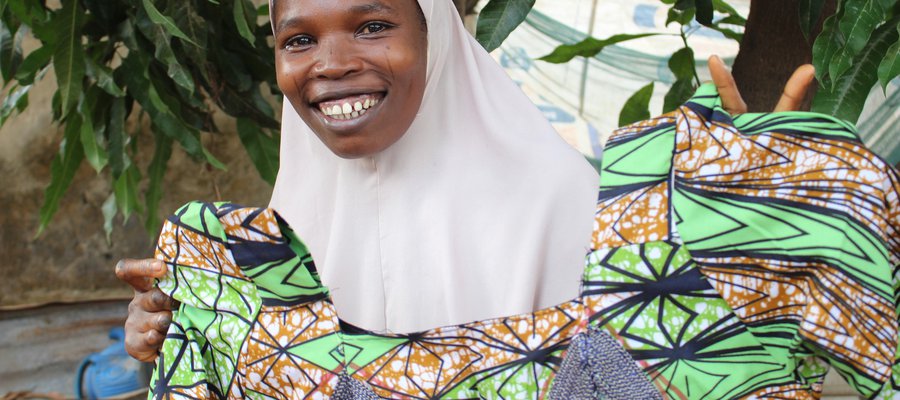Why is there so much stigma around leprosy?

Leprosy-related stigma means isolation from everyday life
People affected by leprosy are among the most marginalised people in the world. Their friends, families, and communities routinely reject them; they are often forced to move out of the house and the neighbourhood.
Issa is a person affected by leprosy from Niger. This is what he had to say about his experience at college,
“I would approach groups during the lunch break and they would disperse. No one would touch me or eat with me or sit near me. In the canteen I knew I would be the last person to be served because no one would want to touch the cups and plates after I had.”
The stigma surrounding leprosy makes it hard for the people affected to find housing, jobs, friendships, and marriages. It should not be like this.
Leprosy-related stigma is not based on fact
In a lot of communities leprosy is associated with a sin or a curse. In too many communities, leprosy is something to be feared, as people are afraid of catching it.
This is important for you to know: leprosy has nothing to do with sins or curses; just like many diseases all over the world, leprosy is a mildly infectious disease that is spread through bacteria. It is curable with multi-drug therapy (MDT) and it is very difficult to catch because most people affected are not infectious and 95% of the world population is immune.
Education and kindness will help us to defeat leprosy-related stigma
It is deeply saddening to hear stories of the rejection that people affected by leprosy experience. The good news is that you can be a part of the change. You can help to end the stigma surrounding leprosy.
The first thing you can do is help to spread positive and truthful messages around leprosy, just like this blog. Help others to find out that there is nothing to fear with leprosy because education is a crucial step to breaking the cycle of stigma.
The next thing you can do is show kindness. If you live in a community that is affected by leprosy, show your support to people affected by the disease through companionship and kindness.
Whether you live in a community affected by leprosy or not, you can choose to be careful with your language. The term ‘leper’ is deeply offensive because it dehumanises the people affected by the disease. We don’t use such terms for people affected by any other disease, so why should we do this with leprosy?
In most cases, we don't need to be referring to the disease at all, refer to people by name, not their disease. If you need to refer to the fact that a person is affected by leprosy, don't use the word 'leper' but rather 'person affected by leprosy'.
Please join us and people affected by leprosy by working to end the stigma surrounding this disease. It’s time we banished such thoughts and opinions to the past.